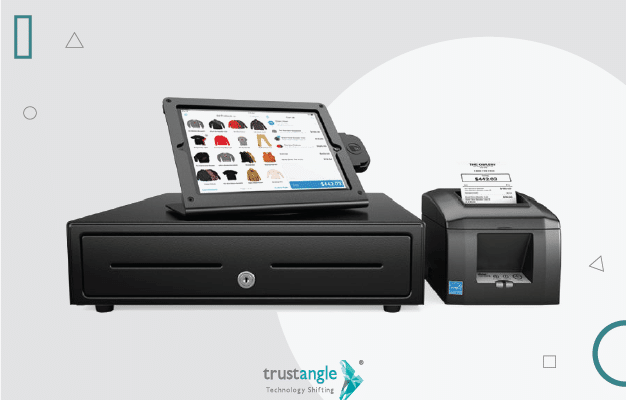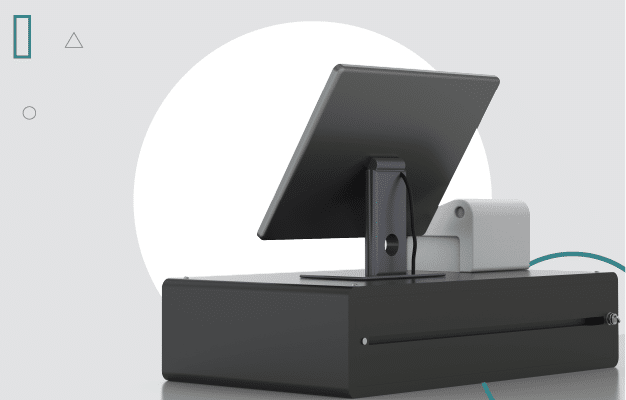Buying a point-of-sale (POS) system may seem like a hassle and an unnecessary expense, but if you look closer, you’ll find clear gains.
There are two main types of systems: for retail stores; and for restaurants and hotels, also known as the hospitality category. To understand the different requirements for the hospitality industry, read Tips on Buying POS for Restaurants.
The benefits of point-of-sale systems are:
- Accuracy: Scanning is more accurate than punching in numbers from a sticker, or expecting the cashier to remember what each item costs.
- Analysis: POS systems let you manage inventory, flag items for reorder, and analyze sales patterns.
A point-of-sale system is, at heart, a cash register — but because it’s based on a PC, it opens up a new world of data about your business.
A point-of-sale (POS) terminal can be networked to other terminals, and to a server in the back room or at another location. It can be expanded with handheld devices wirelessly linked to the main system. You can use it to can track a number of operations in useful ways and customize it as your needs change over time.
The main advantage of a computerized POS system over a cash box or a cash register is the sophisticated and detailed sales reports it provides. The software lets you analyze sales in different ways, such as by SKU (item sold), time periods, promotions, by store if you have more than one, or even by sales clerk. It will help your inventory manager buy in the right number of cartons of tissue paper with improved timing, and help your chef calculate how much cheese to order for the coming week, taking into account an upcoming holiday. It can also help reduce employee shrinkage.
But that’s only the start. Once your sales are computerized, you can plug that computer into a network, and the network into a back-office computer system that downloads results from all your registers, consolidating and monitoring the information in a variety of ways. If you bite the bullet and pay the costs, you can integrate all this into your accounting and inventory software systems.
Expect to pay anywhere from $3000 to $6000 per station, including software, scanners, printers, installation, training, and support, plus costs for integrating into your back-end system. (For an explanation of the hardware and software components of a POS system, read Understanding POS Components. But once you grow in size — as you approach a million dollars in annual sales, and especially as you add retail outlets or restaurant locations — computerized POS will not only pay for itself in improved efficiencies, it will become critical just to know what is going on.
The added and more immediate flow of detailed information about your sales will help you come up with better competitive ideas and then evaluate their effectiveness.

